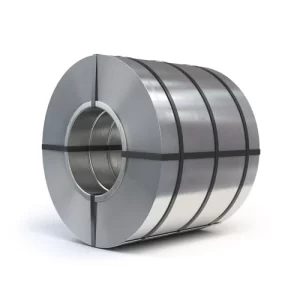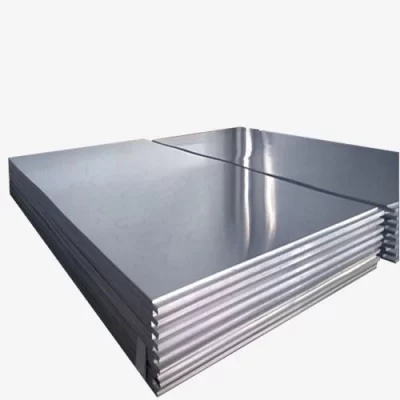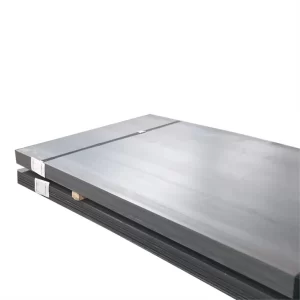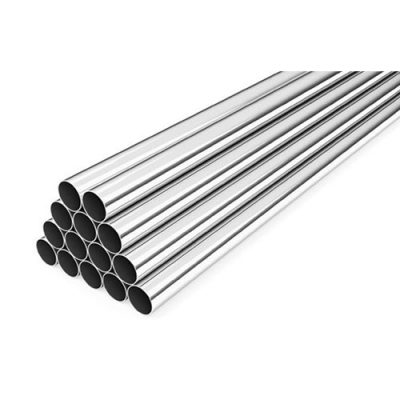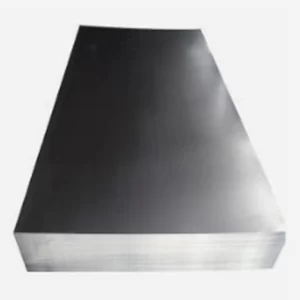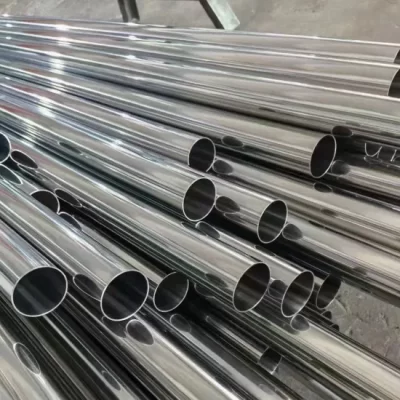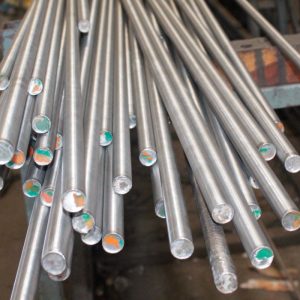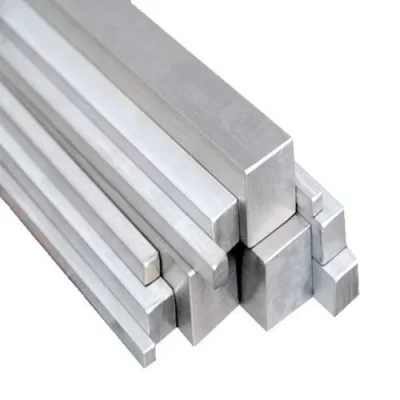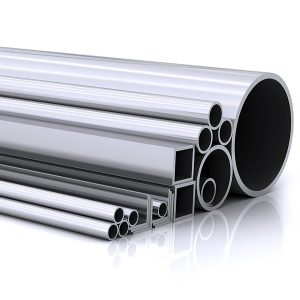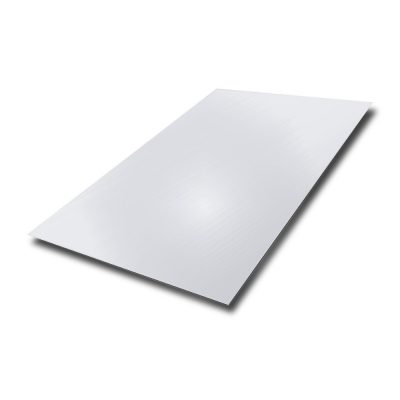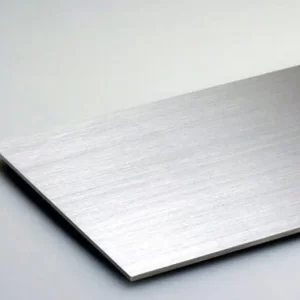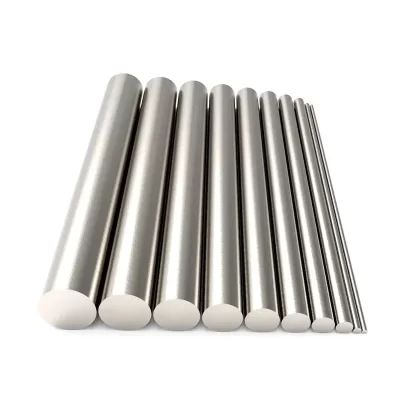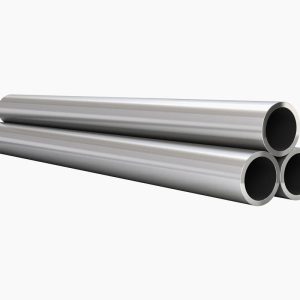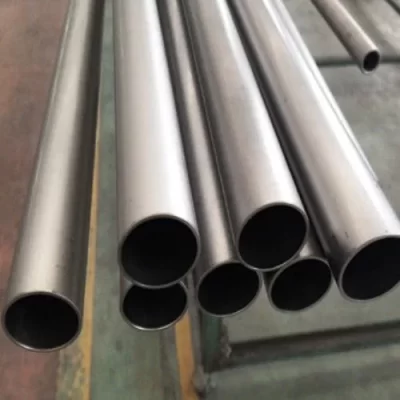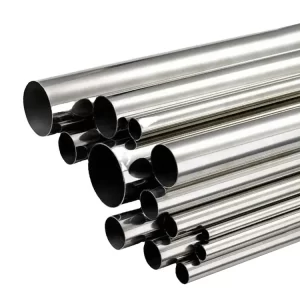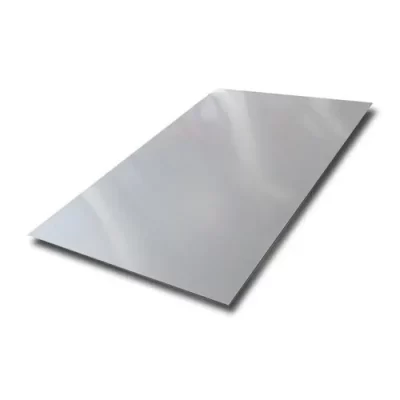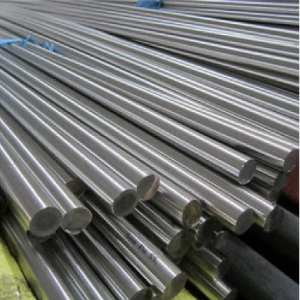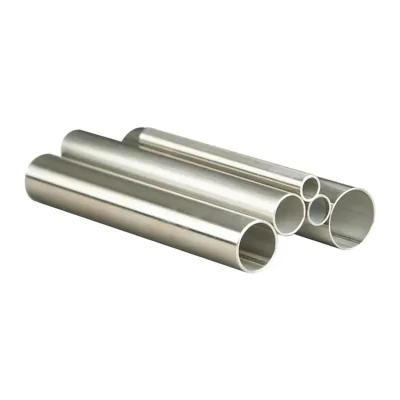Showing 1–9 of 16 results
-
654SMO® Stainless Steel
654SMO® stainless steel strip is a super austenitic stainless steel strip which contains 23% nickel, 25% chromium and 7% molybdenum.
Its corrosion resistance is equivalent to that of the best nickel-base alloys. 654SMO® is a registered trademark of Outokumpu OYJ.
The nitrogen content of 654SMO® stainless steel is twice as high as 254SMO® grade, and its strength is higher than 904L stainless steel strip.
654SMO® super austenitic stainless steel strip has very good local corrosion resistance.
It has good pitting corrosion resistance and good stress corrosion resistance under the conditions of sea water, aeration, crevices, and low-speed erosion.
-
Austenitic SS 254
Stainless steel grade 254 SMO™ is a very high end austenitic stainless steel. It is designed with a combination of impact toughness resistance to chloride stress corrosion cracking, and pitting and crevice corrosion with strength that is twice that of the stainless steel 300 series.
For certain applications, grade 254 SMO™ has been reported to be a cost-effective substitute for high nickel and titanium alloys. It is known to possess excellent workability as well.
-
Austenitic SS 303
AISI 303 (SUS 303) Grade Stainless Steel
Stainless steel type 1.4305 is popularly known as grade 303 stainless steel. Grade 303 is the most readily machineable of all the austenitic grades of stainless steel. The machineable nature of grade 303 is due to the presence of Sulphur in the steel composition. Whilst the Sulphur improves machining, it also causes a decrease in the corrosion resistance and a slight lowering of the toughness. Alloy 409 is available as round / flat / sheet /hexagonal plate/ square /coil / pipe & fittings. The corrosion resistance of type 303 is lower than that for 304. The toughness is still excellent as with other austenitic grades. Property data given in this document is typical for bar products covered by ASTM A582. ASTM, EN or other standards may cover products sold by Tecni-Cable Ltd. It is reasonable to expect specifications in these standards to be similar but not necessarily identical to those given in this datasheet.
-
Austenitic SS 316
Stainless Steel 316 Is The Standard Molybdenum-bearing Grade, Second In Importance To Ss 304 Amongst The Austenitic Stainless Steels. The Molybdenum Gives Ss 316 Better Overall Corrosion Resistant Properties Than Stainless Steel 304, Particularly Higher Resistance To Pitting And Crevice Corrosion In Chloride Environments. Stainless Steel 316 Has Excellent Forming And Welding Characteristics. It Is Readily Brake Or Roll Formed Into A Variety Of Parts For Applications In The Industrial, Architectural, And Transportation Fields. Ss 316 Also Has Outstanding Welding Characteristics. Post-weld Annealing Is Not Required When Welding Thin Sections.
-
Austenitic SS 317 317L
Stainless steel AISI 317L has as its main characteristic the great addition of molybdenum to its chemical composition, which guarantees an increased resistance to chemical attack when compared with chromium-nicke-molybdenuml austenitic steels of the type AISI 316L. This grade has approximately 1% more chromium, nickel and molybdenum when compared with austenitic steel AISI 316L. Grade AISI 317L offers even better creep deformation characteristics and mechanical resistance to high temperatures when compared with conventional stainless steels. The American denomination “low carbon”, or simply “L”, of grade AISI 317L ensures resistance to sensitization during welding or when thermal processes are applied due to the low carbon in its chemical composition. The combination of molybdenum and nitrogen in the chemical composition of this grade is particularly effective in incresing the resistance to pitting corrosion and crevice, especialy in acid medium with chlorides and sulfur compounds at high temperatures. In addition, nitrogen also contributes to increasing the mechanical strength of the alloy. The main applications of AISI 317L are dedicated to the chemical industry, petroleum and petrochemical industries, industries producing paper and pulp, and as condenseres in power stations using fossile and nuclear fuels. It is intended where it is required to have corrosion resistance to strong organic acids, such as the naphthenic acids found in the petroleum refining.

